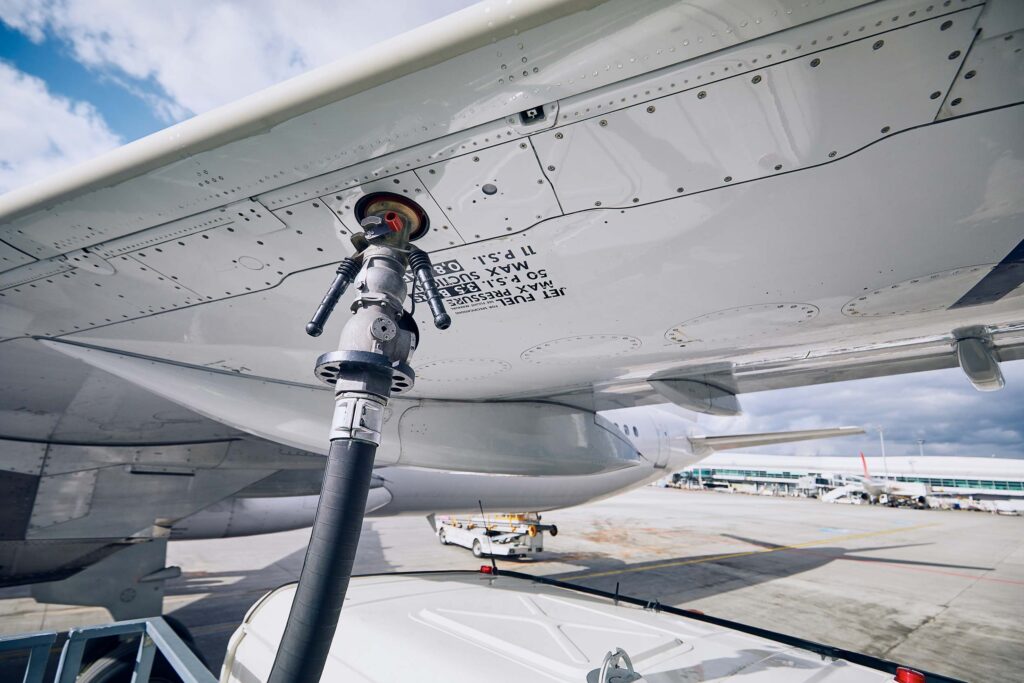
Electro-Sustainable Aviation Fuel (eSAF) is a synthetic jet fuel produced from carbon dioxide, water, and renewable electricity. It has the same chemical properties as conventional fossil-based jet fuel and can be used directly in existing aircraft engines and fueling infrastructure — without any technical modifications. This enables emission reductions of up to 90%.
The European Union’s ReFuelEU Aviation regulation — part of the Fit for 55 climate package — mandates a gradual increase in the share of sustainable aviation fuels (SAF) starting in 2025. By 2050, 70% of all jet fuel used at EU airports must be sustainable.
The EU is setting the direction, but Sweden’s ambitions are even further and faster. By 2033, at least 30% of all domestic flights must use bio-based fuels, and by 2045, all aviation in Sweden must be fossil-free.
eSAF is made by combining renewable hydrogen with biogenic carbon dioxide.
Carbon dioxide is captured either from industrial sources or directly from the air (Direct Air Capture, DAC).
These inputs are then converted into liquid jet fuel using the Fischer–Tropsch synthesis — a well-established industrial process for producing hydrocarbons.